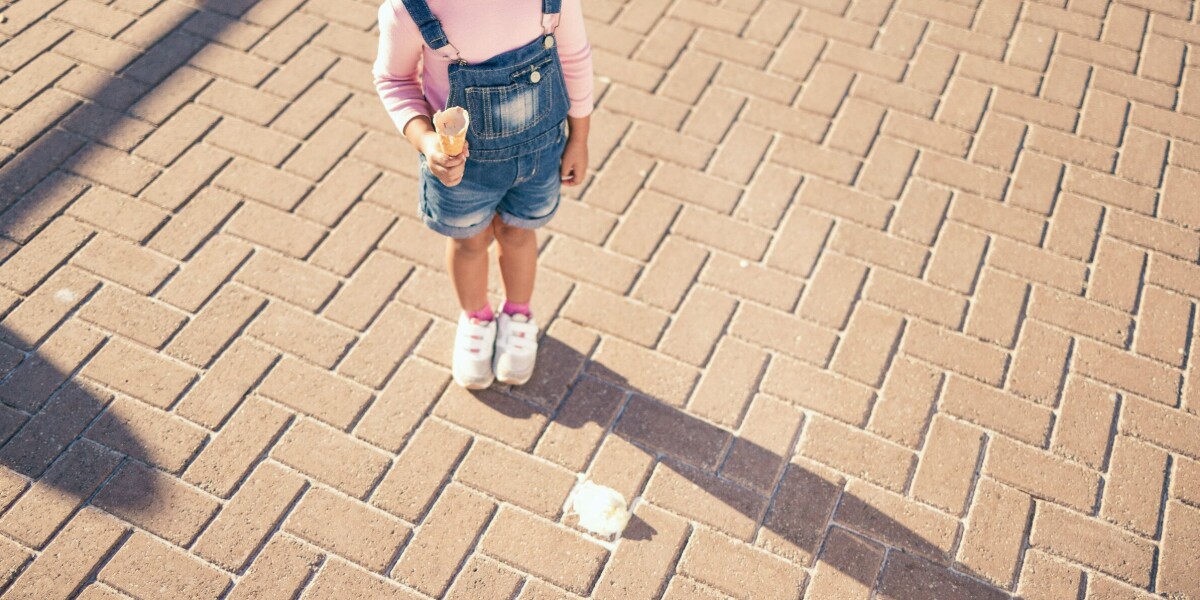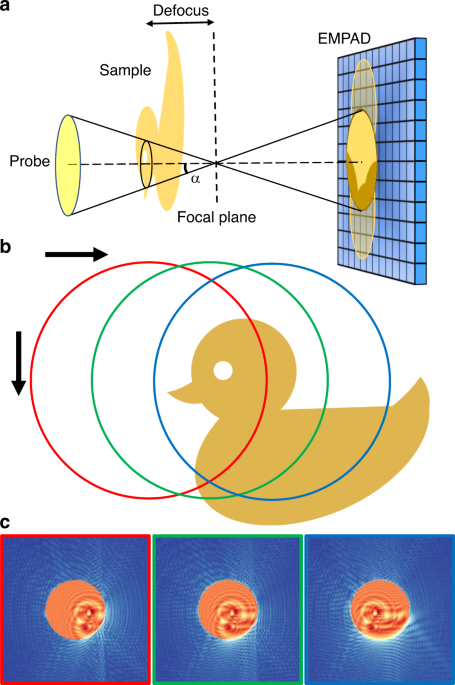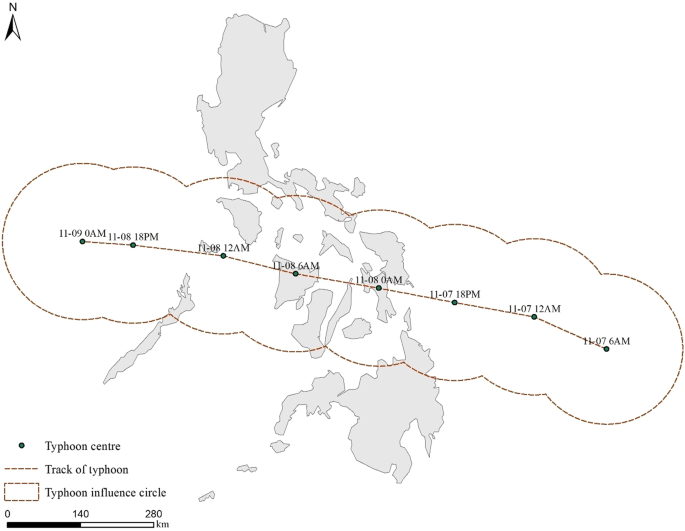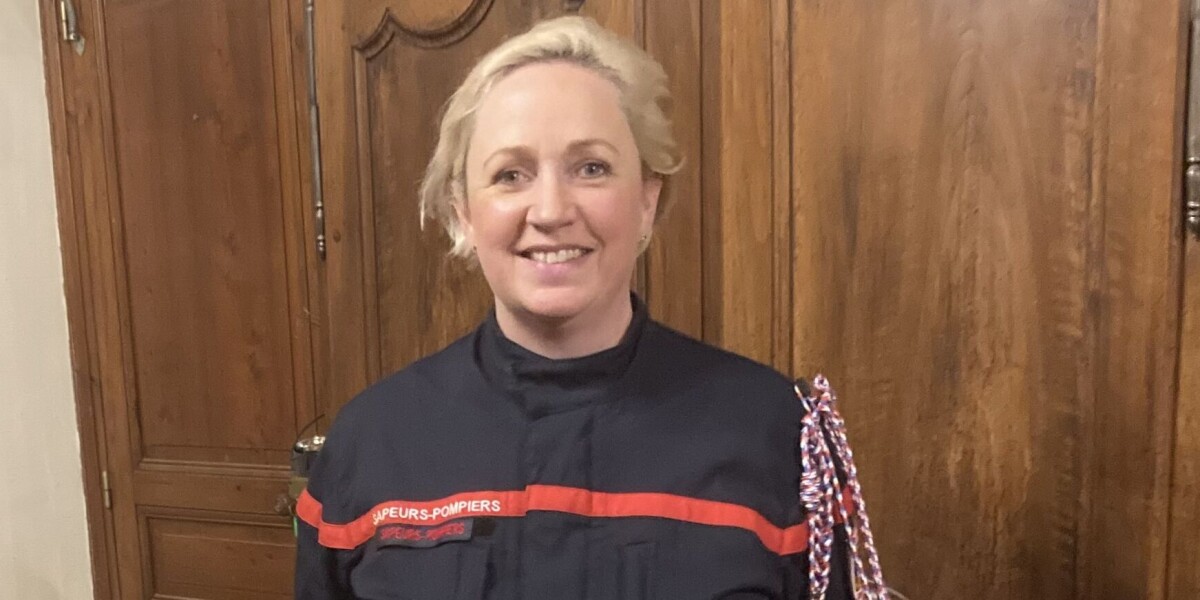- Select a language for the TTS:
- UK English Female
- UK English Male
- US English Female
- US English Male
- Australian Female
- Australian Male
- Language selected: (auto detect) - EN
Play all audios:
Access through your institution Buy or subscribe According to Greek legend, boats sailing the Mediterranean were at risk of punctures from the spikes of the shellfish that provided the
famous Tyrian purple dye. Nothing speaks more eloquently of the great toughness of these natural materials. Now chemists in the United States report that they can use the spiny secret of the
mollusc shell to control the growth of crystals, offering delicately tailored composite materials. Mollusc shells - typified by nacre (mother-of-pearl) - are crazy-pavings of hard slabs of
mineral, stacked in many layers like a pile of slates. Between each layer is a sheet of soft, organic, protein-based material that helps to bind the slabs together. But the protein sheets
may be more than just glue. They are responsible for ensuring that the crystalline mineral grows with the right shape: into flat slabs rather than compact, faceted blocks. This brickwork
arrangement, interleaved with softer material, makes the shell very fracture-resistant as well as simply hard. This is a preview of subscription content, access via your institution ACCESS
OPTIONS Access through your institution Subscribe to this journal Receive 51 print issues and online access $199.00 per year only $3.90 per issue Learn more Buy this article * Purchase on
SpringerLink * Instant access to full article PDF Buy now Prices may be subject to local taxes which are calculated during checkout ADDITIONAL ACCESS OPTIONS: * Log in * Learn about
institutional subscriptions * Read our FAQs * Contact customer support Authors * Philip Ball View author publications You can also search for this author inPubMed Google Scholar RIGHTS AND
PERMISSIONS Reprints and permissions ABOUT THIS ARTICLE CITE THIS ARTICLE Ball, P. Crystals that take their bearing from nature. _Nature_ (1999). https://doi.org/10.1038/news990826-11
Download citation * Published: 26 August 1999 * DOI: https://doi.org/10.1038/news990826-11 SHARE THIS ARTICLE Anyone you share the following link with will be able to read this content: Get
shareable link Sorry, a shareable link is not currently available for this article. Copy to clipboard Provided by the Springer Nature SharedIt content-sharing initiative








:max_bytes(150000):strip_icc():focal(511x0:513x2)/ryan-gosling-0-1076-979cc290d7d247309cdcc27e879cccd5.jpg)

